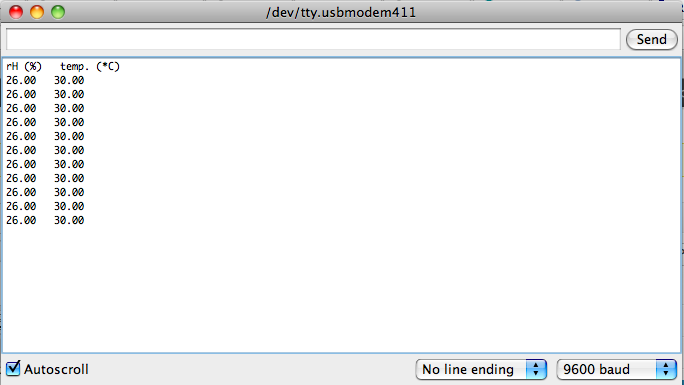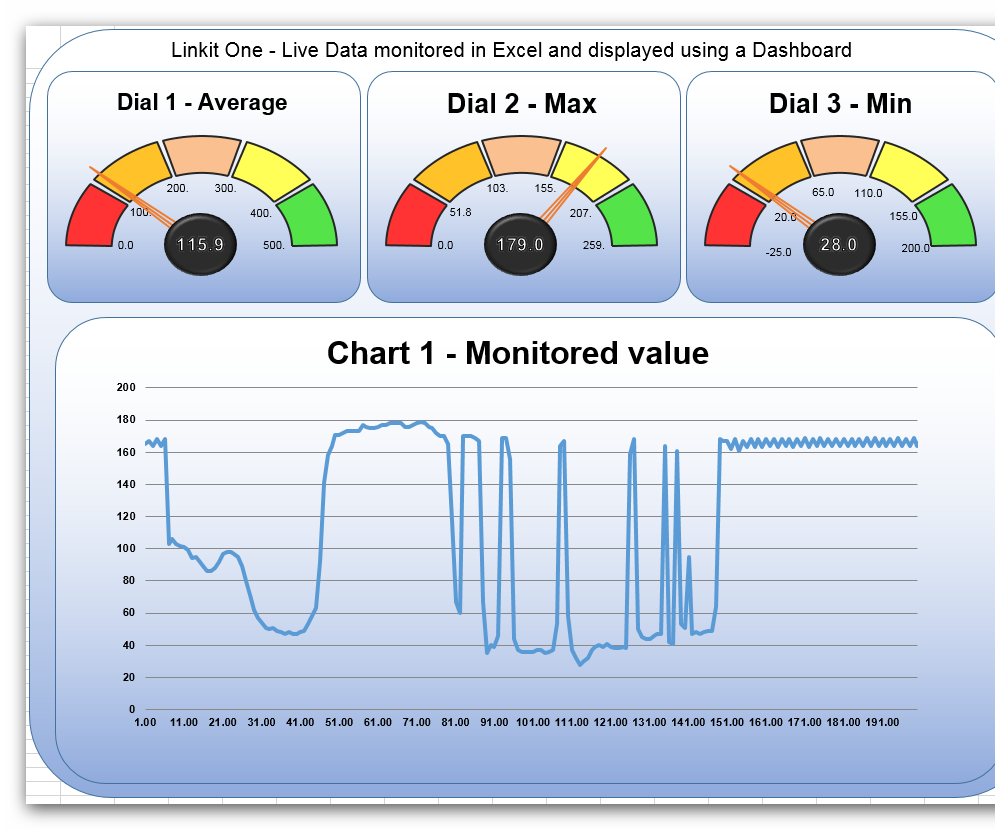
- #Copy arduino output to excel how to#
- #Copy arduino output to excel serial#
- #Copy arduino output to excel code#
Serial.begin() needs to go in the setup().
#Copy arduino output to excel serial#
In order for us to use the functions of the Serial library, we have to initiate serial communication – to do this we use the Serial.begin() function. The serial library allows us to interface the Arduino with other hardware, like a computer. Now, it’s not cereal like Cheerios or Captain Crunch we’re talking about – it’s serial as in “one after another”. The print() function is part of a library called the Serial library.

Generally speaking, a library is simply a collection of functions that all have something in common. We can’t talk about the Serial.print() function, without briefly talking about the Serial library.
#Copy arduino output to excel code#
You can look at the code until your eyes bleed, but actually visualizing the variable being incremented, to see its values every time through the loop() can help explain what is happening very quickly. When you upload the code to the Arduino, you notice that the LED is blinking more often than it should. Maybe you have a variable that gets incremented every so often and blinks an LED when it reaches a threshold. Very often, when you are developing an Arduino sketch, what you end up coding does something differently than what you expected it to do. The other big reason to send information to a computer display using the Serial.print() function is for developing and debugging Arduino sketches. If you open up the serial monitor window (Tools > Serial Monitor), you will see the values streaming in from the Arduino.

Make sure to add both the poi and the poi-ooxml jar file to the libraries folder in Netbeans. Open New Workbook > Create New Sheets > Create New Rows > Create New Cells.
#Copy arduino output to excel how to#
The first reason is being able to see information that you are generating with your Arduino.įor example, if you have a temperature sensor hooked up to your Arduino and you want to see the value that the temperature sensor is recording, then you can use the Serial.print() function to send the data to a computer monitor via the USB cable. So here’s a simple application that I wrote to demonstrate how to export data to an excel file and read back into the program from it. There are an endless number of reasons you may want to send information from the Arduino to a computer display, but two reasons really stand out to me: The Serial.print() function’s task is to send information from your Arduino to your computer, so you can see the value displayed on your computer’s monitor. You may know that a function is a programming tool – it performs a specific task for you. Why Would You Want to Use the Serial.print() Function? By submitting this form you agree to the privacy policy, and can opt-out anytime.

You will receive email correspondence about Arduino programming, electronics, and special offers.


 0 kommentar(er)
0 kommentar(er)
